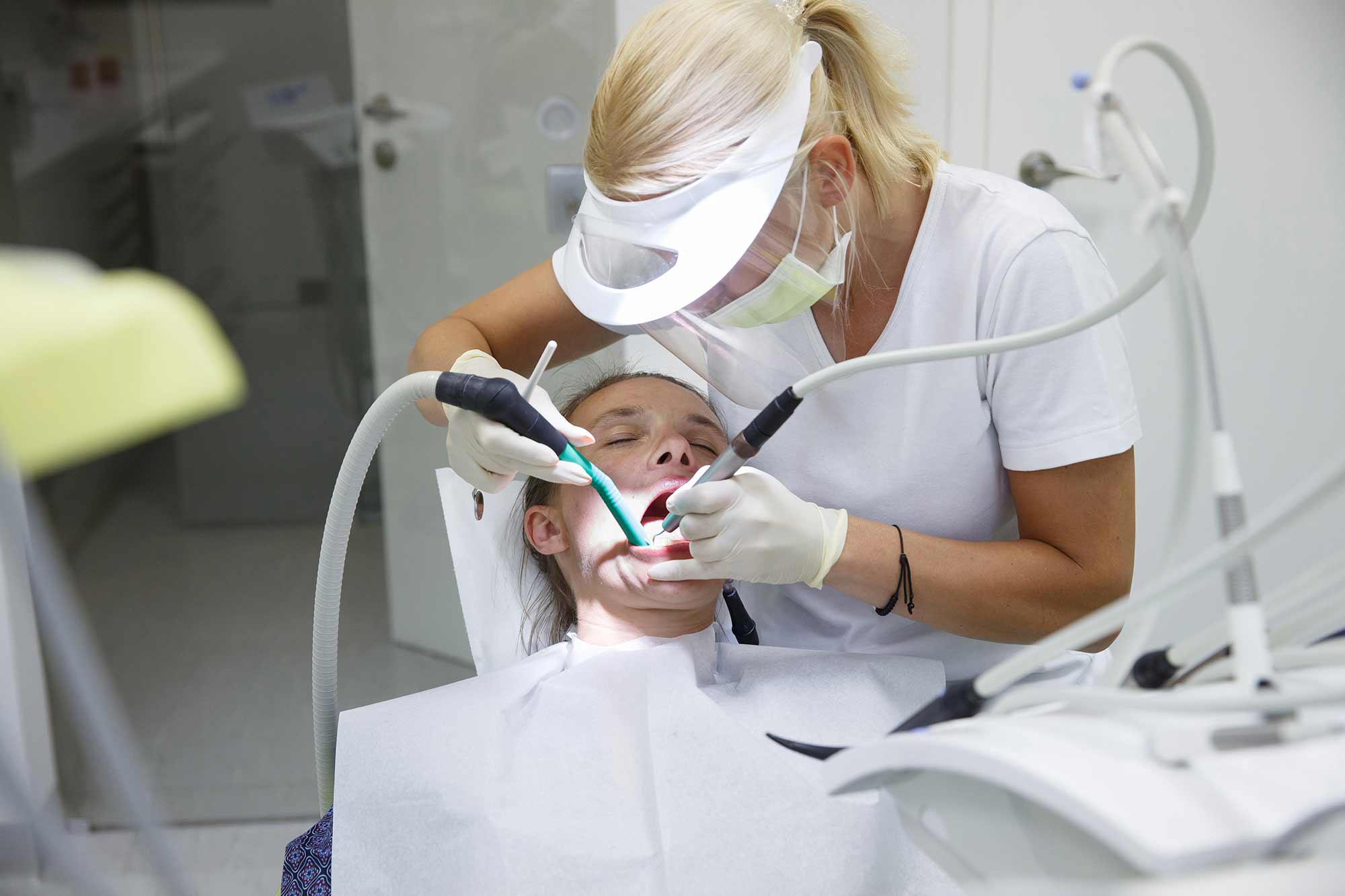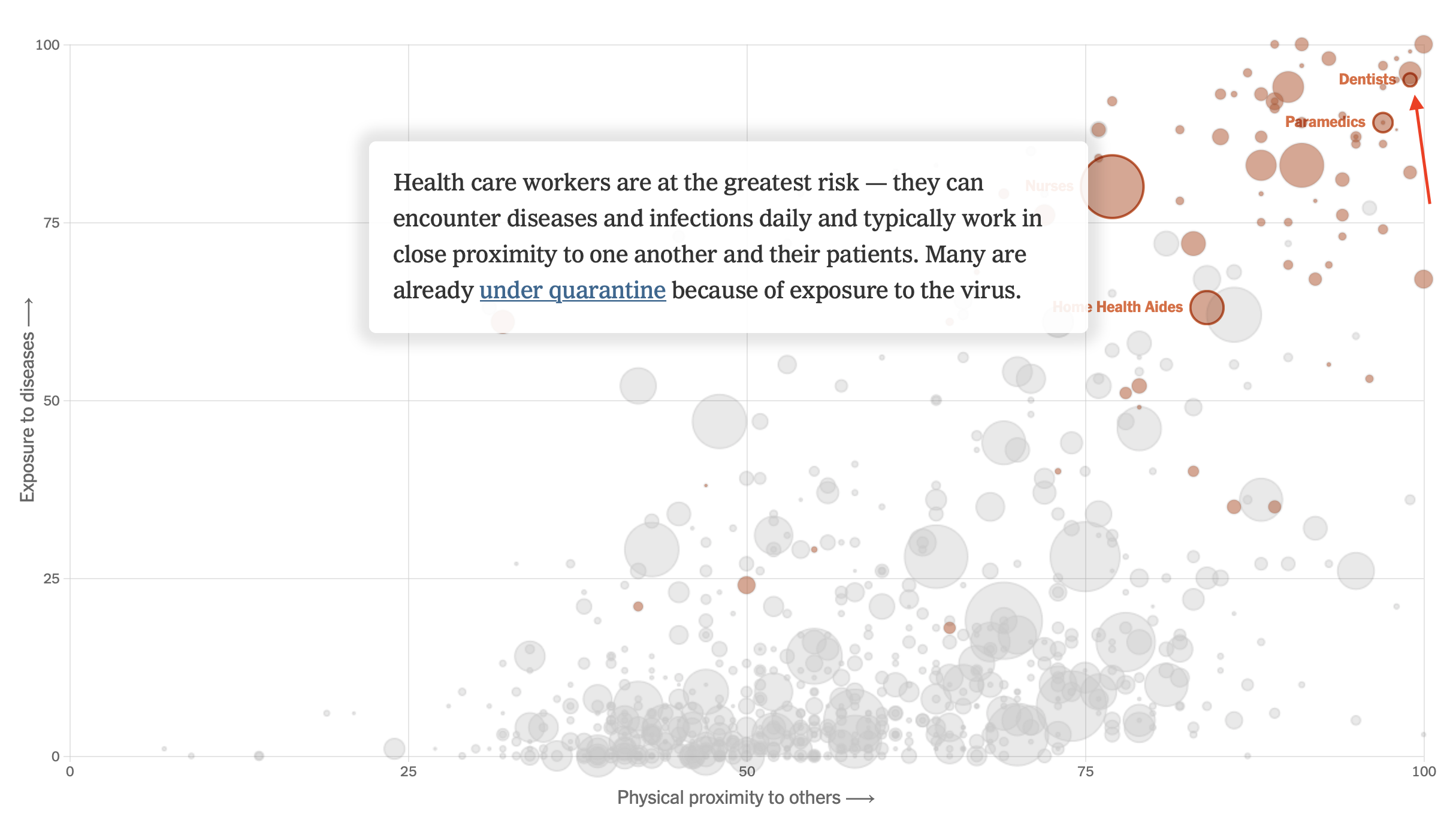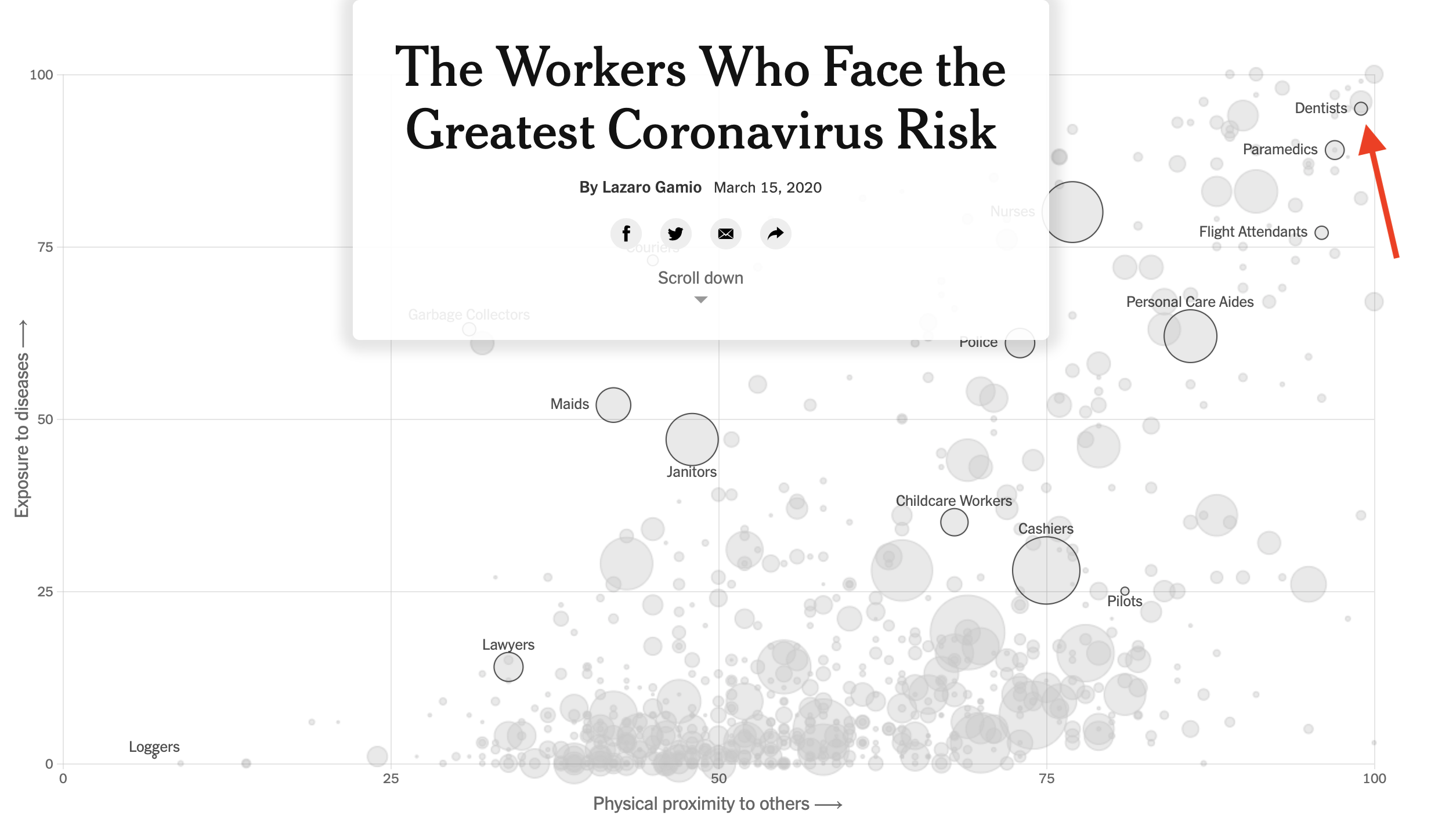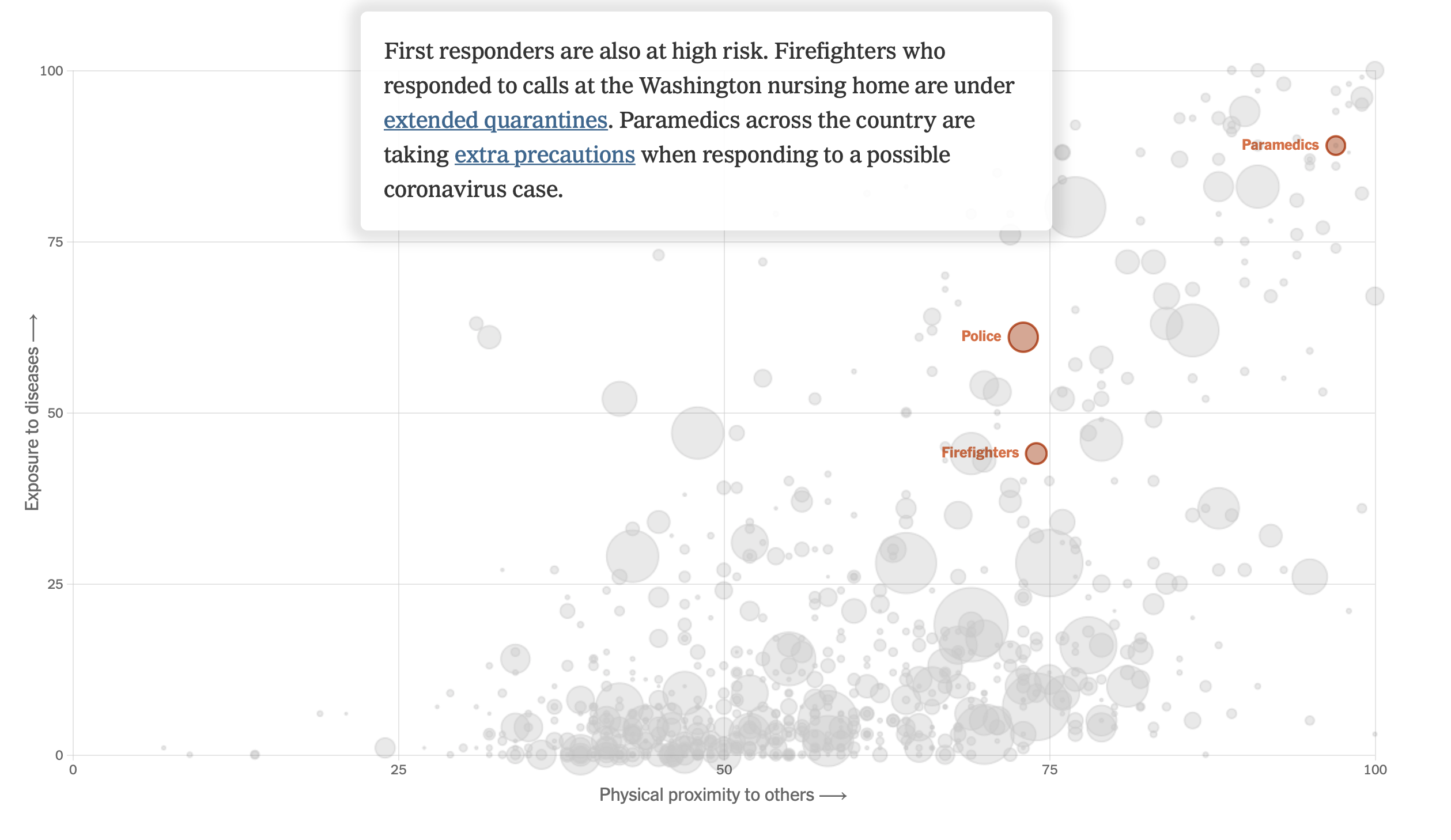
As coronavirus continues to spread, a study found that four out of five of the most ‘at risk’ jobs are dental related.
Business Insider reports that dental professionals work in some of the riskiest environments when it comes to health.
Dental hygienists were ranked the number one job most at risk, closely followed by general dentists. Dental laboratory technicians came in fourth, with dental assistants coming in fifth.
However, third place went to veterinary assistants and laboratory animal caretakers.
The website drew its conclusions by assessing data from O*NET Online occupational database. This is a detailed collection of information on occupations from the US Department of Labour.
Each of the 968 occupations assessed were measured on a scale of 0 to 100 against six health risks.
These were exposure to disease and infection, exposure to contaminants, exposure to hazardous conditions, exposure to radiation, risk of minor burns, stings, cuts and bites, and time spent sitting.
Taking the top spot, dental hygienists were given an overall ranking of 72.8.
This included a scoring of 100 when it came to exposure to disease and infection. Dentists ranked 95 on the same risk.
Other top 10 ‘at risk’ jobs included prosthodontists, nurse anaesthetists, flight attendants, anaesthesiologists and anaesthesiologist assistants.
Source : https://www.dentistry.co.uk
The Workers Who Face the Greatest Coronavirus Risk
As the coronavirus continues to spread throughout the United States, people with jobs that put them in physical contact with many others are at the greatest risk of becoming sick.
Each bubble on this chart represents an occupation. The bigger the bubble, the more people do that job.
The vertical position of each bubble is a measure of how often workers in a given profession are exposed to disease and infection.
The horizontal position is a measure of how close people are to others during their workdays.
Health care workers are at the greatest risk — they can encounter diseases and infections daily and typically work in close proximity to one another and their patients. Many are already under quarantine because of exposure to the virus.
Personal care aides and home health aides who work with the elderly — the population most susceptible to the illness — are also vulnerable. At a nursing home in Washington State linked to 25 coronavirus deaths as of Saturday, at least 70 employees have fallen sick.
First responders are also at high risk. Firefighters who responded to calls at the Washington nursing home are under extended quarantines. Paramedics across the country are taking extra precautions when responding to a possible coronavirus case.
School systems around the country have been closing. Teachers rate high both for exposure to illnesses and for their proximity to other people.
The risk isn’t limited to those on the front lines. Many people who do service jobs like cashiers and fast-food workers face elevated risks. Walmart, Starbucks and Uber are among the many companies that have had workers fall sick.
Workers in a number of professions facing elevated risk earn less than the national median wage. Many of these workers in low-paying jobs do not have paid sick leave, and many could still go to work sick to not lose income.
The risk levels of various jobs were calculated using O*NET, a database maintained by the Department of Labor that describes various physical aspects of different occupations. The database assigns dozens of scores to each occupation for things like how often a telephone is used to how often a job requires you to bend your body. (Housekeepers rank highest in this metric.)
As virus cases have grown, many businesses have begun closing offices and stores, and sending workers home to help slow the spread. While many companies have emergency leave policies in place to help protect their employees, there are large portions of the population that have few protections. On Saturday, legislators passed a relief package that includes paid sick leave for workers affected by the coronavirus. But the benefits only apply to employees of companies with fewer than 500 employees, leaving millions of workers uncovered.
Source : The New York Times


